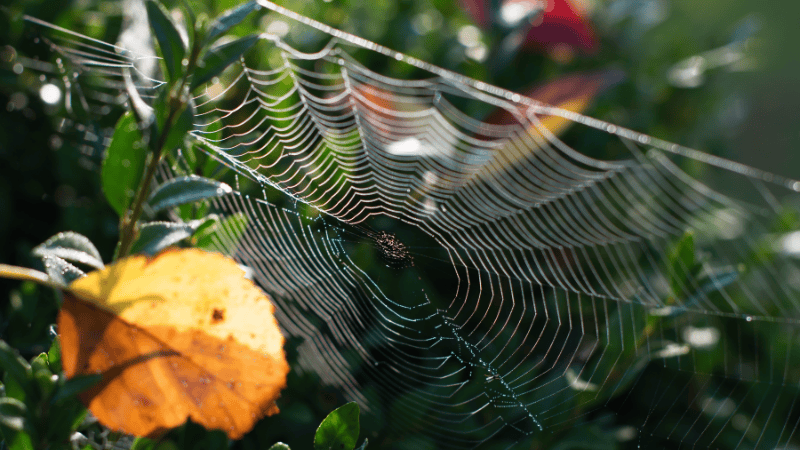Hospitality Industry Faces Potential Bed Bug Resurgence

The COVID-19 pandemic had disastrous effects on businesses worldwide, perhaps none more so than the hotel and hospitality industry. When travel came to a screeching halt, hotels closed their doors, many struggled to stay financially afloat waiting for the day they could reopen.At last that day is upon us, which means an uptick in travel and guests checking in and out of hotels. The drawback for the hospitality industry, (and guests alike) of course, is that with a return to travel comes the threat of a potential bed bug resurgence. Now, more than ever, hotels and lodging establishments need to prioritize proactive bed bug control to help prevent further impacts to their bottom line.Pest-End is delighted to offer new, cutting-edge technology unlike any tool the professional pest management industry has offered prior. We invite you to read on for a complete introduction to Spotta�� Smart Pest Systems.
Proactive Monitoring Equals Effective Control
Can you imagine being a hotel owner who finally reopens their doors only to suffer the financial and brand damage that often follows a bed bug infestation? Fortunately, there is a cutting-edge solution that can safeguard against such a scenario.Before we introduce Spotta, let's review the signs of a bed bug infestation as a reminder of why proactive bed bug control is so very important.
Businesses & Consumers Both Feel The �Bite'
Did you know that 82% of all hotels are treated for bed bugs annually? Unfortunately, treatment doesn't always prove as effective as prevention and infestations can recur without the proper preventive protocols in place.Hotel guests and vacation home renters need to be aware of what to look for when entering a rented space for the first time. Checking the mattress is a smart step; however, guests should also check the bedframe, headboard and any upholstered furniture inside the room.Look closely for tiny red or reddish brown colored dots, which are actually spots of bed bug fecal matter. It's possible to also find molted bed bug skins, sticky eggs or spent egg shells. Actual bed bug exposure typically presents as red, itchy bites or welts. These don't always appear immediately upon contact, however, and could take up to three days to present following exposure.As a hotel owner, you can imagine the costs associated with remediating a bed bug infestation. However, fixing the problem isn't necessarily the financial end to this situation. Often, even reputable and well-respected establishments lose guests, and suffer costly damage to their brand in the form of bad reviews. Failure to book accommodations because of a bed bug infestation and the associated treatments can also affect your bottom line. In other words, the only cost you can be sure of is the professional pest management treatment.Until recently, even proactive control was somewhat limited and involved hotel management educating their staff on the signs of bed bugs to watch out for, documenting any incidents, and recording the dates of service calls to treat the infestation. There were really only so many prevention tactics to practice. Reactive measures were the name of the game, relied on only after the damage was done.
There's a New Sheriff in Town: Spotta
The Spotta Bed Pod System is a technology based solution to bed bug infestations. Designed to be permanently installed in multi-room businesses, Spotta Bed Pods use wireless LoRaWAN connectivity to monitor individual beds 24/7 in order to detect the presence of bed bugs in specific rooms. The science is fascinating, but the application is so simple.The bed pod fits neatly between the mattress and bed frame, where it monitors the existence of bed bugs. The unit is discrete; its installation slim enough to fit unnoticed by guests. Battery-operated, with a battery matched to the life of the lure (one year), each Spotta bed pod connects to Wi-Fi, wired internet or, for locations with unreliable Wi-Fi, a LoRaWAN gateway (which is included with the Spotta system).Essentially, a bed bug is attracted to the pheromones emitted by the lure and makes its way into the unit. Once there, the system automatically emails the hotel management a picture of the bed bug for immediate confirmation, along with the room location. This allows for a targeted response and the ability for hotel management to contain and treat that single room before an infestation spreads elsewhere.The operation involves four simple steps:
- Spotta Bed Pod is placed between the bed frame and mattress.
- Bed bugs are attracted to and enter Spotta Bed Pod.
- Spotta Bed Pod automatically snaps a photo, alerting hotel management via email.
- Management confirms bed bug presence in the photo and notifies their pest management provider.
Spotta reportedly detects 100% of bed bug arrivals and is highly reviewed from various hotel establishments. For instance, take this testimonial from a hotel General Manager in central London:Spotta's Bed Pod system has transformed how we protect our guests from bed bugs.A 100% successful at detecting them before staff or guests. With Spotta we're able to solve a problem before it even begins, saving money and time.Solve a problem before it even begins. How better to sum up proactive bed bug control?



